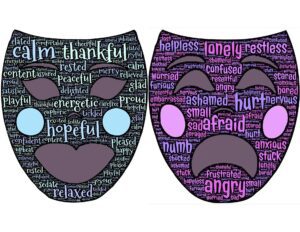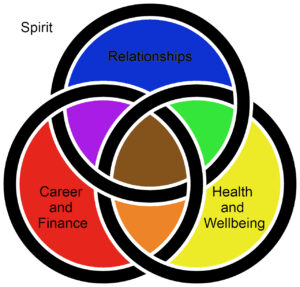The Art of Having it All: Review and coaching application
“The Art of Having It All” by Christie Whitman is a compelling and insightful book that provides a comprehensive guide to achieving success and fulfillment in all areas of life. Through her own personal experiences and teachings with Universal Laws, Christie offers practical tools and strategies for readers to manifest their dreams and desires, while also finding balance and joy in the present moment.
Desire
The first step in this process is identifying the desires that are unique to you. These are not external factors that you think will bring happiness but the inner contentment that arises from your experience. The reason that many of these desires have not happened is that through social construction we have learned to impose conditions. The beliefs that we have acquired place constraints on what we think is possible.
Read More »The Art of Having it All: Review and coaching application



